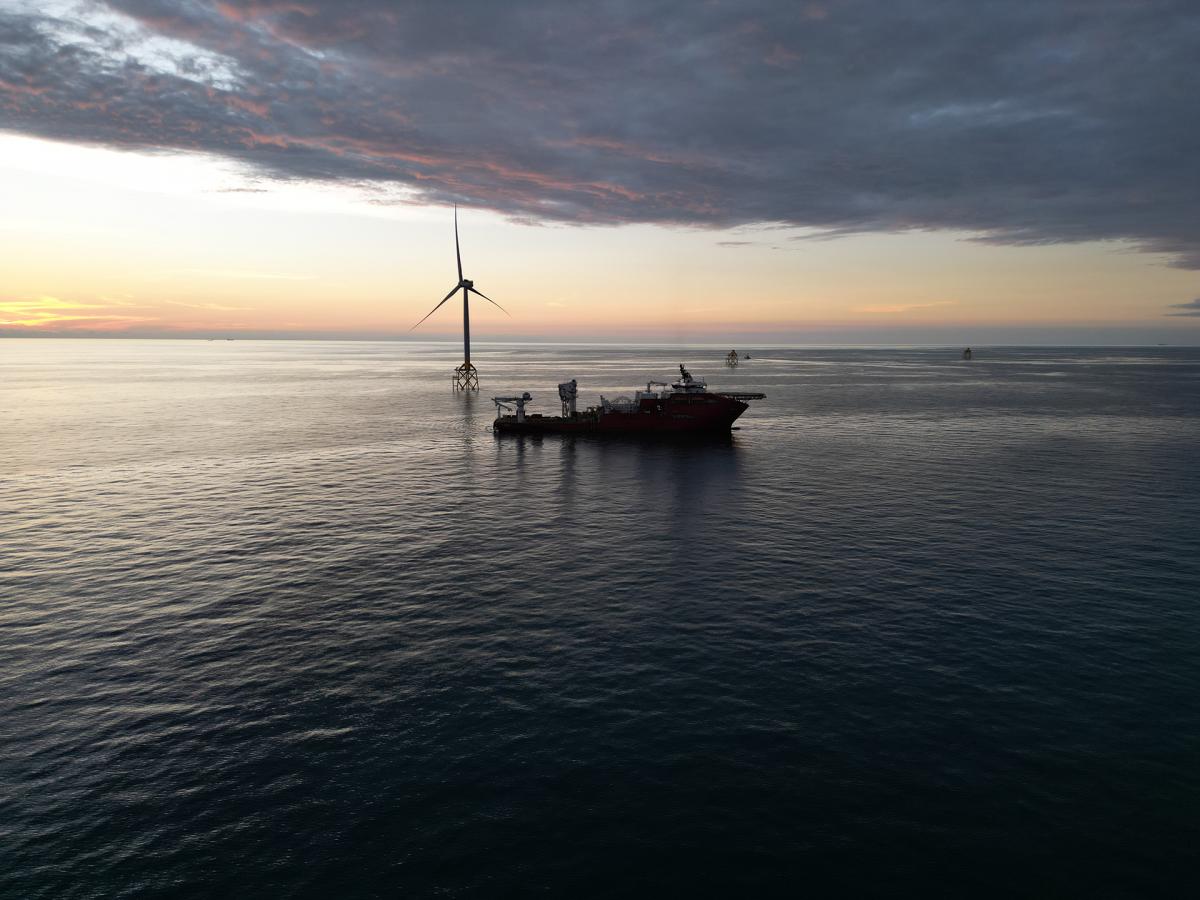Taiwan has the wind in its sails

IMPOSSIBLE...
Building an offshore wind farm in an area where typhoons regularly pass through, in the middle of one of the busiest straits in the world, with cables of local fish farmers running under the shallow grounds. Surely, that is impossible? Add to that the installation of foundations at a depth of 50 metres in difficult conditions, with earthquakes and intense sand waves. In short, an almost impossible task.
... MADE POSSIBLE
To us, a challenge that we are happy to take on. Previous projects in Taiwan already gave us a good idea of the environment, local regulations and possibilities. Good links with local contractors and suppliers, thorough preparation, clear communication and mutual trust all contributed to a successful completion.
A meticulous plan
We developed the project steps down to the smallest detail so that the various phases could proceed smoothly. A strict timetable was adopted, taking every opportunity to maintain a good pace. For instance, we had to consider the tides for the installation of cables in the intertidal area, extreme weather conditions at sea and possible delays in the delivery of materials due to external factors. The pandemic also brought challenges.
Yet, we were able to install the foundations and cables on time, the last one completed in August 2022.
A valuable partnership
Formosa 2 is an example of good partnership for Jan De Nul. The vast intertidal area on the Taiwanese coast is unique, but the shallow water makes it extra challenging to lay export cables. We therefore consulted people with knowledge of the area: local fishermen and oyster farmers. We directly involved them in the project by using them to observe and protect the environment during the installation works.
We maintained high sustainability standards, among others by limiting underwater noise. We succeeded in keeping our environmental, health and safety record unblemished. For instance, there was not a single hour of loss time injury (LTI) recorded.
